Introduction
Char siu, a culinary gem deeply embedded in Chinese gastronomy, has transcended borders to become a global sensation. This sweet, savory, and smoky barbecued pork dish, recognized by its glossy crimson hue and caramelized edges, is a staple in Cantonese cuisine and beyond. Yet, for many, the allure of char siu lies not just in its flavor but in the mystery surrounding its creation. What meat forms the foundation of this beloved dish? How does it achieve its signature taste and texture? This article delves into the anatomy of char siu, exploring the meat selection, preparation techniques, and cultural significance that make it an enduring symbol of Chinese culinary artistry.
The Foundation: Pork as the Traditional Canvas
At its core, char siu is predominantly crafted from pork, a protein that has dominated Chinese diets for millennia due to its versatility and cultural symbolism. The choice of pork is not arbitrary; it reflects centuries of culinary evolution and practicality. Pork’s moderate fat content and ability to absorb marinades make it ideal for slow-roasting and high-heat caramelization—key processes in char siu preparation.
Cuts of Pork: Balancing Flavor and Texture
While pork is the star, the specific cut selected can transform the final dish. Traditional recipes often favor two cuts:
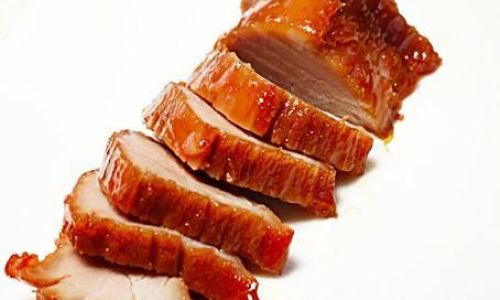
-
Pork Shoulder (Boston Butt): This well-marbled cut, located near the shoulder blade, is a favorite for its balance of fat and lean muscle. The intramuscular fat (marbling) melts during cooking, basting the meat from within and resulting in tender, juicy slices. Its robust flavor profile also stands up well to the bold marinade.
-
Pork Belly: Renowned for its layers of fat and meat, pork belly offers unparalleled richness. When slow-roasted, the fat renders into a silken texture, while the meat becomes meltingly tender. However, its high fat content requires careful cooking to avoid greasiness.
Less common but still viable alternatives include pork loin, a leaner cut that demands shorter cooking times to prevent dryness, and pork collar, which strikes a middle ground between tenderness and fat distribution.
The Marinade: A Symphony of Flavors
The magic of char siu begins long before the meat nears a flame. A meticulously crafted marinade infuses the pork with umami, sweetness, and spice. Key ingredients include:
- Hoisin Sauce: A fermented soybean paste that adds depth and a hint of sweetness.
- Honey or Maltose: Caramelizes during roasting, creating the dish’s signature glaze.
- Soy Sauce: Provides saltiness and umami.
- Five-Spice Powder: A blend of star anise, cloves, cinnamon, Sichuan pepper, and fennel seeds that imparts warmth and complexity.
- Fermented Red Bean Curd (Nam Yue): Adds a tangy, fermented note and contributes to the meat’s vibrant red color.
- Rice Wine (Shaoxing): Cuts through richness with its acidic brightness.
The pork is typically marinated for 12–24 hours, allowing the flavors to penetrate deeply. Some chefs even inject the marinade into the meat to ensure maximum absorption.
The Cooking Process: Science Meets Tradition
Char siu’s preparation is a dance of heat and timing. Two primary methods exist:
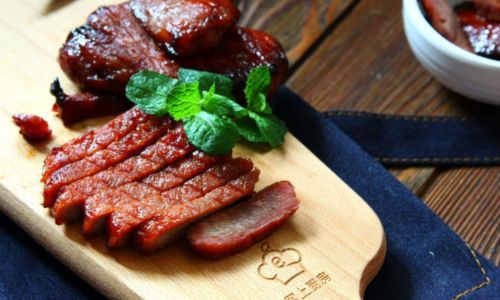
-
Oven-Roasting: The most accessible method for home cooks. The pork is roasted at high temperatures (400–450°F/200–230°C), with periodic basting to build the glaze. A convection oven enhances caramelization by circulating hot air evenly.
-
Spit-Roasting: The traditional Cantonese approach, where skewered pork rotates over an open flame or charcoal pit. This method creates a crispier exterior and smokier flavor, as fat drips onto the heat source, producing aromatic flames.
Regardless of the method, the final step involves brushing the meat with a honey-water or maltose glaze and increasing the heat to achieve a lacquered finish.
The Color Conundrum: Natural vs. Artificial Dyes
Char siu’s vivid red hue has sparked curiosity and occasional concern. Historically, the color came from two sources:
- Fermented Red Bean Curd: The primary natural colorant, which imparts a deep burgundy tint.
- Annatto Seeds: In some regions, these seeds provide a mild orange-red hue.
However, modern recipes sometimes use food coloring (e.g., red yeast rice or commercial dyes) for consistency. Purists argue that natural ingredients yield a more nuanced flavor, while commercial kitchens may prioritize visual appeal.
Cultural Significance: From Street Food to Feast
Char siu’s popularity stems from its adaptability. In China, it graces:
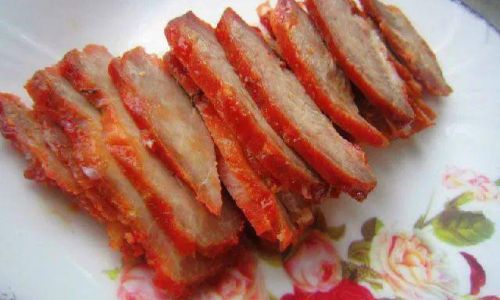
- Rice Bowls (Char Siu Fan): Thinly sliced pork over steamed rice, often paired with greens and a drizzle of sauce.
- Noodle Soups: A flavorful addition to wonton or beef brisket broths.
- Buns (Char Siu Bao): Steamed or baked buns filled with sweetened pork.
- Banquet Dishes: Elevated preparations, such as whole roasted suckling pig, showcase its luxurious potential.
Beyond China, char siu has inspired fusion dishes like tacos, pizzas, and sandwiches, cementing its status as a global flavor icon.
Regional Variations: A Tapestry of Tastes
While Cantonese-style char siu dominates international menus, regional adaptations abound:
- Hong Kong: Emphasizes caramelization and sweetness, with a thicker glaze.
- Sichuan: Incorporates chili oil and Sichuan pepper for a numbing heat.
- Shanghai: Uses dark soy sauce for a deeper color and maltier flavor.
In Malaysia and Singapore, char siu often features kecap manis (sweet soy sauce), while Vietnamese thịt xá xíu leans on fish sauce and lemongrass.
The Vegetarian and Health-Conscious Adaptations
As dietary preferences evolve, chefs have experimented with plant-based alternatives. Seitan, tofu, and jackfruit mimic pork’s texture, while beets or smoked paprika replicate the color. For health-conscious eaters, leaner cuts like pork tenderloin or turkey breast offer lower-fat options, though they require careful cooking to avoid dryness.
Nutritional Profile: Indulgence in Moderation
A 3-ounce (85g) serving of char siu contains approximately:
- Calories: 300–350
- Fat: 15–20g (primarily from pork belly)
- Protein: 25–30g
- Carbohydrates: 10–15g (from marinade)
While high in sodium and saturated fat, char siu remains a beloved treat when enjoyed occasionally.
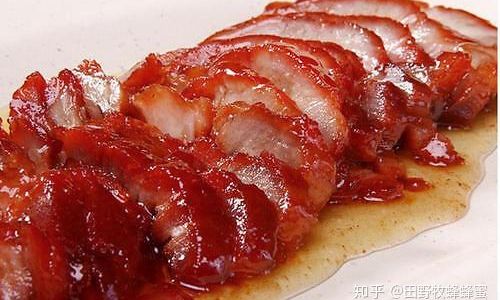
Sustainability and Ethical Considerations
The pork industry faces scrutiny over animal welfare and environmental impact. Consumers increasingly seek out heritage breeds, pasture-raised pork, or locally sourced options. Some restaurants now highlight their commitment to ethical sourcing, appealing to eco-conscious diners.
The Perfect Char Siu: Tips from the Pros
Master chefs share these secrets:
- Score the Fat: Lightly scoring pork belly prevents curling and ensures even cooking.
- Resting Time: Let the meat rest after roasting to redistribute juices.
- Temperature Control: Use a meat thermometer to target 145°F (63°C) for pork shoulder, avoiding overcooking.
- Glaze Twice: Apply glaze in the final 10 minutes and again after resting for maximum sheen.
Conclusion: A Timeless Delight
Char siu’s allure lies in its harmonious blend of sweet, salty, smoky, and umami notes—a testament to the alchemy of simple ingredients and time-honored techniques. While pork remains its soul, the dish’s adaptability ensures its relevance in an ever-changing culinary landscape. Whether enjoyed in a bustling Hong Kong cha chaan teng or a trendy fusion restaurant, char siu continues to captivate, proving that some traditions are too delicious to fade.
Epilogue: The Future of Char Siu
As chefs push boundaries, expect to see innovative twists—smoked over fruitwood, paired with exotic fruits, or deconstructed into modern plated dishes. Yet, the essence of char siu will endure: a celebration of pork’s humble beauty, transformed by fire and flavor into something extraordinary. So the next time you savor a slice of glossy, aromatic char siu, remember—you’re tasting centuries of craftsmanship in every bite.
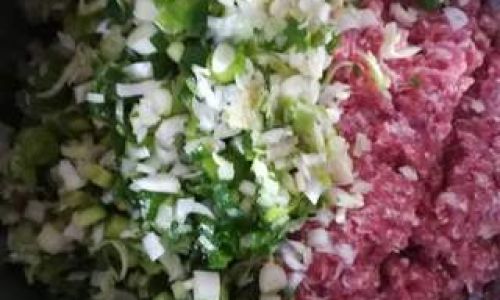
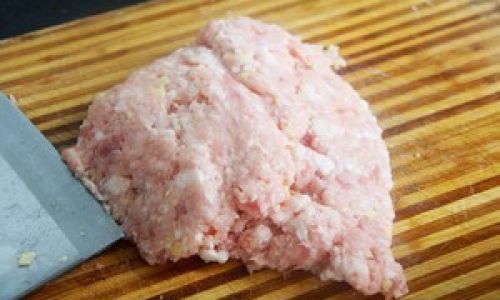
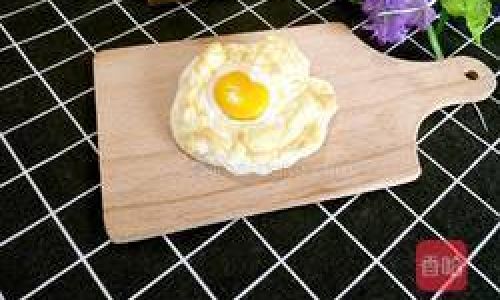
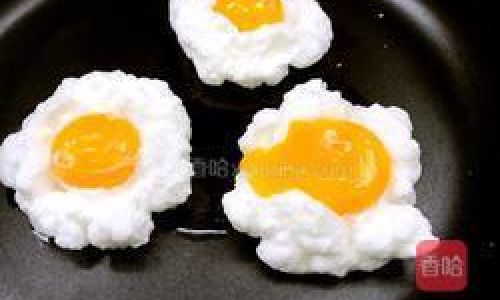
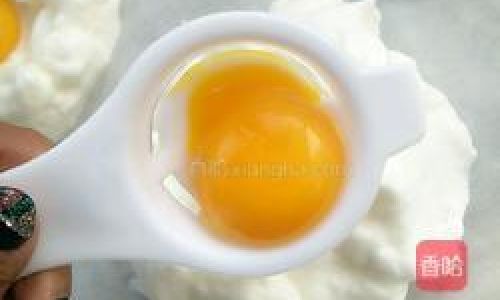
0 comments